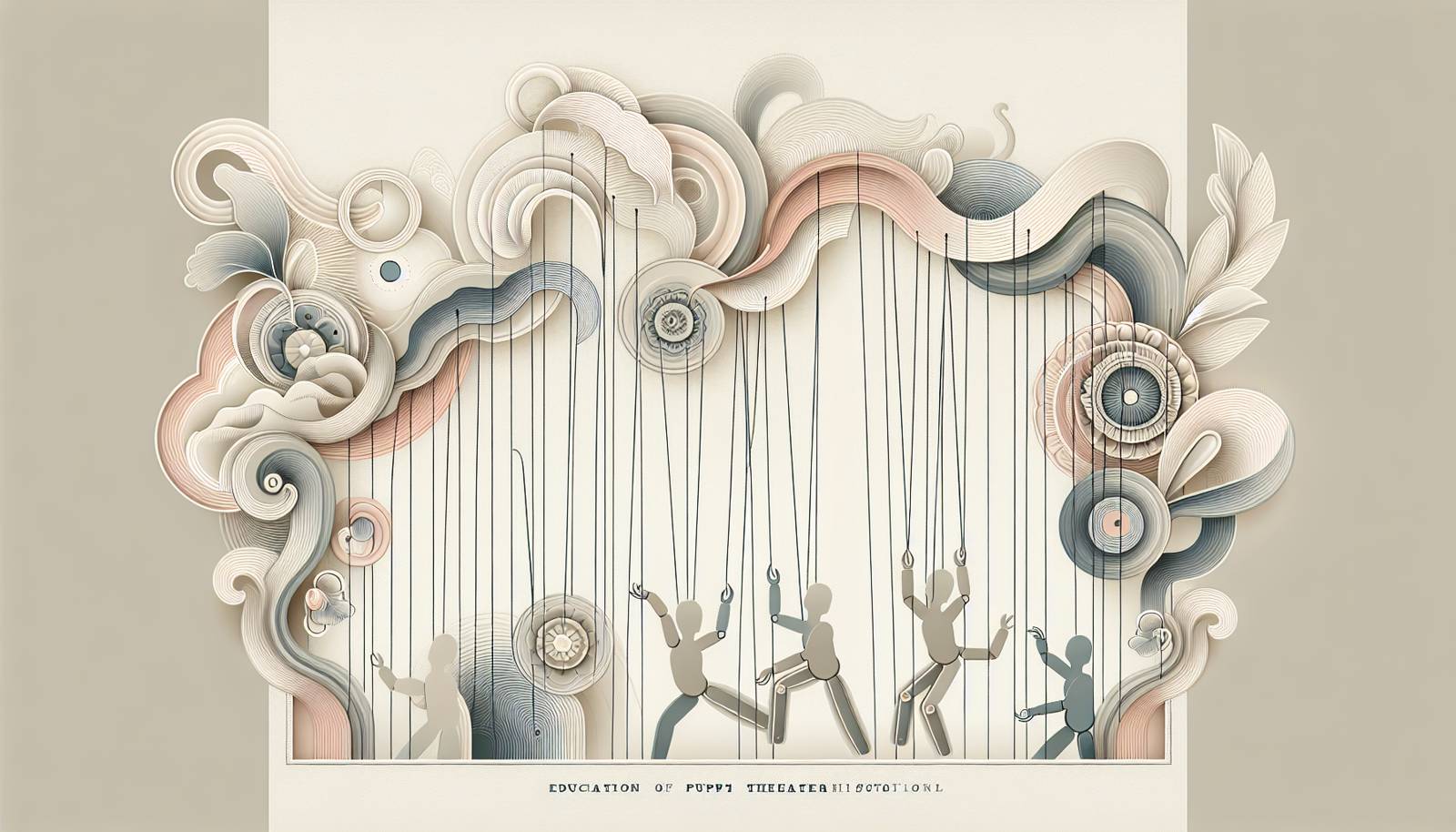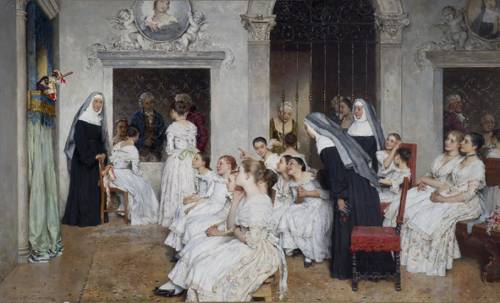
FAQ About The Role of Puppet Theatre in Historical Education

What is puppet theatre and how is it defined?
Puppet theatre is a form of performance where puppets—figures or dolls often manipulated by hands using rods, strings, or hand inserts—are used as the main medium to convey stories, emotions, and messages. This art form has been part of cultural traditions worldwide, evolving over millennia, and it often incorporates music, storytelling, and artistic presentation to engage audiences.

How has puppet theatre been used historically for educational purposes?
Puppet theatre has historically been used to educate by presenting complex cultural narratives, historical events, and moral stories in a straightforward and engaging manner. Puppeteers craft stories that make intricate and distant events relatable, often incorporating local dialects and contemporary references to enhance understanding and relevance.

What are some examples of puppet theatre in historical education?
Examples include traditional forms such as the Japanese Bunraku, which has been used to teach stories of historical significance and social moralities, or the Italian commedia dell'arte, which often incorporated historical allegories. In more modern contexts, puppetry in educational settings has been used to provide simplified depictions of historical events like the founding of nations or pivotal wars.

Why is puppet theatre effective in making history accessible and engaging?
Puppet theatre is particularly effective because it uses visual and narrative storytelling, which can simplify complex historical narratives and help audiences visualize events. Puppets themselves can be relatable and entertaining for audiences of all ages, which helps maintain interest and facilitate better retention of historical facts.

What cultural benefits does puppet theatre offer in teaching history?
Puppet theatre can bridge cultural gaps by presenting history through a universally understood medium of storytelling and visual performance. It fosters cultural appreciation by incorporating traditional art forms and invoking historical contexts that resonate across different communities, thereby promoting a shared understanding of cultural heritage.

Can puppet theatre address complex historical topics effectively?
Yes, puppet theatre can address complex historical topics by breaking them down into simpler narratives and using symbolism and metaphor to communicate the broader significance. This method is particularly useful for discussing layered topics such as colonial history, social revolutions, and political movements, making them more accessible to diverse audiences.

What are some techniques used in puppet theatre to enhance historical education?
Common techniques include the use of allegory and metaphor to simplify historical events, the integration of multimedia elements like music and sound effects to create immersive experiences, and the adaptation of stories into various forms of puppetry—such as marionettes, shadow puppets, or hand puppets—depending on the cultural context and audience.

Is puppet theatre still relevant in modern educational settings?
Puppet theatre remains relevant as a pedagogical tool due to its versatility and appeal. Modern educational puppet shows have been adapted to include contemporary themes and technology, keeping them engaging for today’s audiences. The use of puppets in digital classrooms and as part of multimedia learning frameworks showcases their adaptability and continued educational value.

How does puppet theatre differ from other forms of historical reenactment?
Puppet theatre differs from other historical reenactments primarily through its use of puppets as the central storytelling medium, which allows for more abstract and creative representations of characters and events. Unlike live-action reenactments, puppetry can more easily introduce fantastical elements to capture imagination while still conveying historical facts.

What are the challenges in using puppet theatre for historical education?
Challenges include ensuring historical accuracy while maintaining engaging narratives, adapting stories for diverse audiences, and keeping the balance between entertainment and education. Additionally, there may be logistical challenges in incorporating puppet theatre into curricula or obtaining funding for elaborate productions.

How does puppet theatre enhance cultural understanding when teaching history?
Puppet theatre enhances cultural understanding by bringing local cultural elements into storytelling, making historical education resonate with diverse audiences. It seamlessly integrates folklore, local dialects, and traditional artistry, which enriches the cultural dimensions of history and makes the learning experience more immersive and relatable.

What educational frameworks have incorporated puppet theatre?
Educational frameworks that have incorporated puppet theatre include formal education systems, museums, cultural festivals, and heritage sites. It is often part of interdisciplinary teaching strategies that blend art with social studies, history, and language arts, offering an interactive medium to explore historical narratives.

Can puppet theatre be used to teach both children and adults about history?
Yes, puppet theatre can be tailored to teach both children and adults. Children's puppet shows often focus on simplified narratives and entertaining visuals, while shows for adults might delve into more intricate socio-political contexts and explore deeper historical analyses. The adaptability of puppetry makes it suitable for all age groups.

What role did puppet theatre play in non-literate societies in terms of historical education?
In non-literate societies, puppet theatre played a critical role in preserving and transmitting historical knowledge and cultural values orally and visually. It was an essential medium for storytelling, where narratives of ancestry, cultural practices, and historical events were shared through performance, often becoming integral parts of cultural heritage and collective memory.

How can puppet theatre address historical biases and misconceptions?
Puppet theatre can address historical biases and misconceptions by presenting multiple perspectives and incorporating storytelling elements that encourage critical thinking. Puppeteers can challenge predominant narratives by dramatizing alternative viewpoints or underrepresented voices, fostering discussions that lead to a more nuanced understanding of history.

What influence has puppet theatre had on contemporary media representations of history?
Puppet theatre has influenced contemporary media through its storytelling techniques, such as its blending of factual history with imaginative narratives. Films, television, and digital media often borrow these techniques to depict historical events in engaging ways, enabling viewers to connect with the past in more dynamic and personal manners.

Are there famous puppet theatres globally known for historical performances?
Yes, renowned puppet theatres include Drak Theatre in the Czech Republic and the Bread and Puppet Theatre in the USA, both known for their innovative use of puppetry to address historical and political issues. These theatres often produce works that comment on past and present events, utilizing puppetry's unique capabilities to prompt reflection and discussion.

Has technology transformed how puppet theatre is used in historical education?
Technology has indeed transformed puppet theatre by integrating digital effects, animation, and virtual representations, broadening the medium's appeal and accessibility. Virtual puppet theatre productions can reach wider audiences, and interactive digital platforms allow for more immersive experiences that enhance historical learning.

How do different cultures adapt puppet theatre for historical teaching?
Different cultures adapt puppet theatre by integrating local traditions, languages, and historical narratives, ensuring the stories are relevant and resonate with audiences. This adaptation can be seen in the diverse styles of puppetry, such as shadow puppets in Southeast Asia or hand puppets in European contexts, each utilized to reflect cultural perspectives on history.
